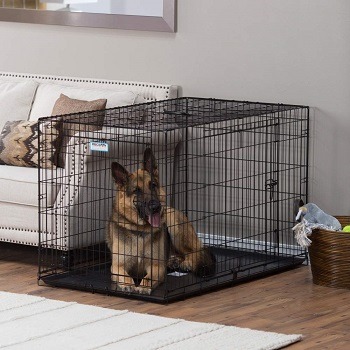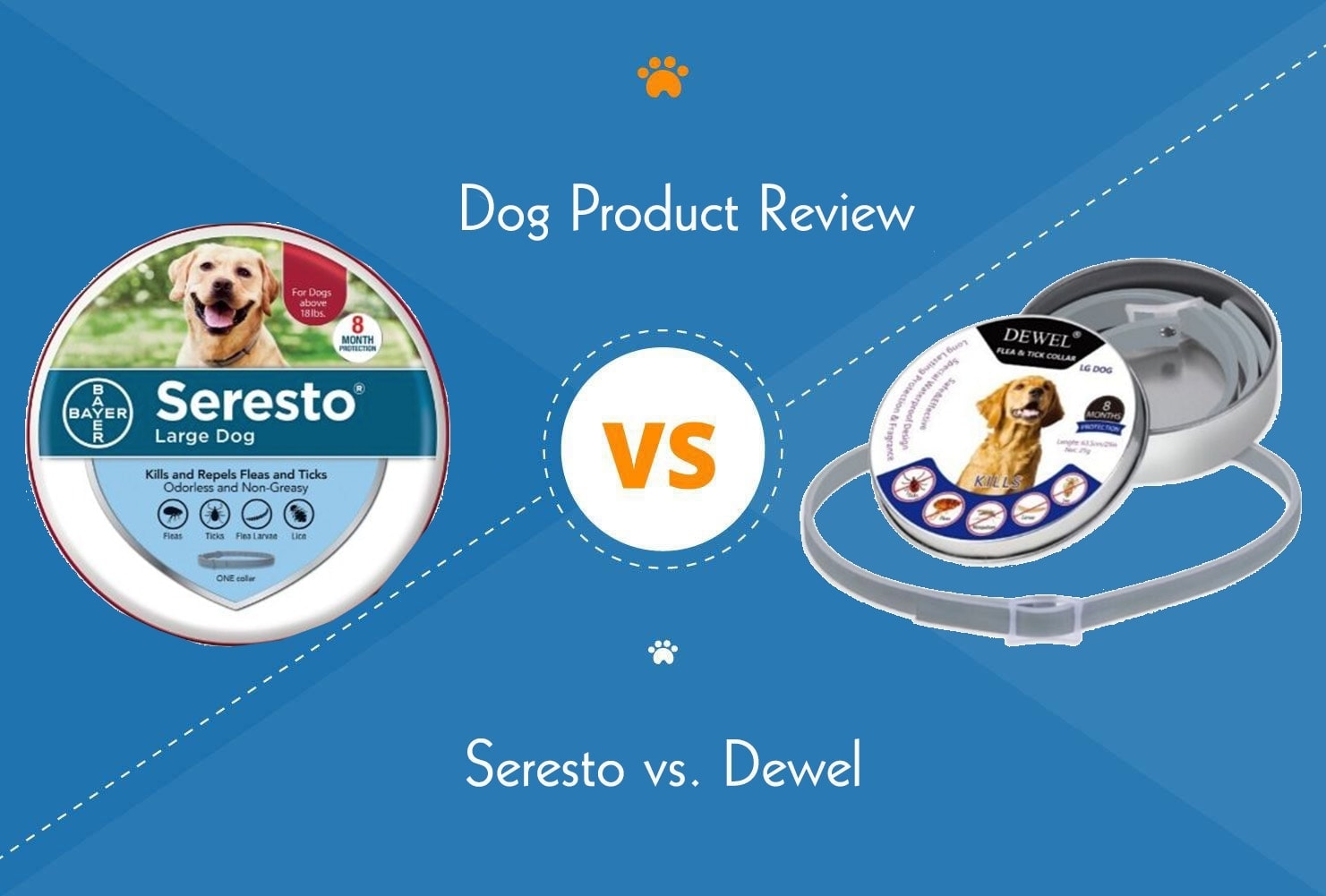Dog Won’t Leave Your Side? 8 Reasons & What to Do About It

Updated on
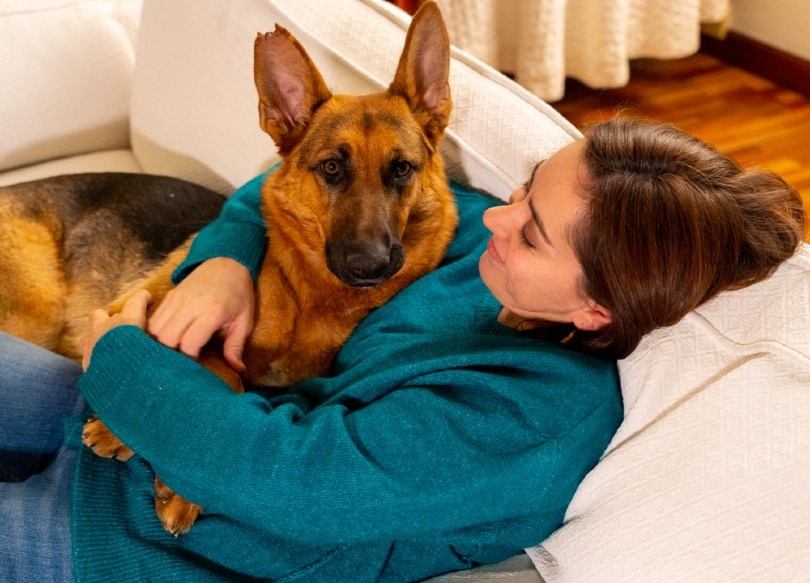
Welcoming a new canine friend to your home is an exciting decision. But is your dog following you around every time? You may find this sweet in the beginning, but it could also be frustrating over time. If you are constantly tripping over your dog, you may be dealing with a Velcro dog. Velcro dogs have clingy behavior and want to be by their owner’s side all the time.
There are several techniques that you can use to guide your dog to become more independent. But let’s first take a look at what causes this behavior.
The 8 Reasons Why Your Dog Won’t Leave Your Side
1. The Breed Traits
It’s most likely that the breed you have was naturally bred for companionship. Most Velcro dogs have been bred to stay close to their owners. Lapdogs such as French Bulldogs, Cavalier King Charles, and Chihuahuas are dependent on human beings.
Furthermore, breeds such as German Shepherds, which are mainly working dogs, attach themselves to one person. Over the years, their training makes them loyal to one person. This attachment will come naturally to them, which makes them follow you around.
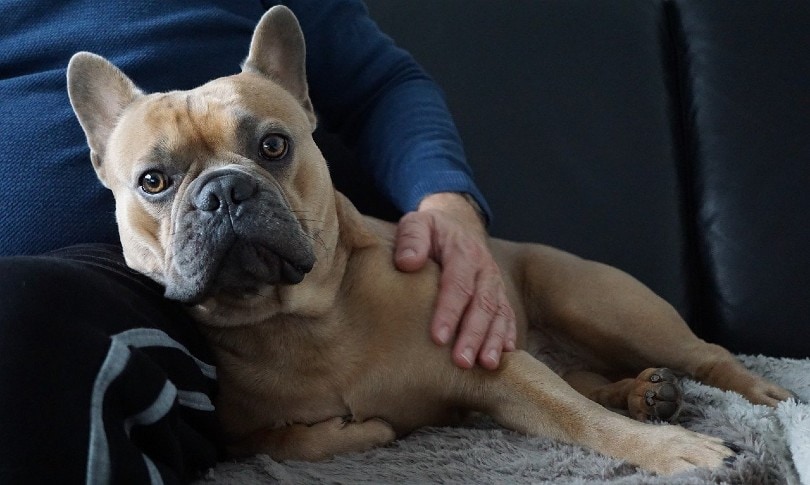
2. Boredom and Little Mental Stimulation
Your dog could probably be bored and needs some mental stimulation. It’s essential to play with your canine friend or take it for walks and exercise often. If the dog is not getting the recommended exercise, it could quickly get boring.
You become the sole source of entertainment in the house, which makes them follow you around. If you keep the dog inside the house for long periods, the clinginess intensifies.
3. Separation Anxiety
Some dogs experience separation anxiety when the owner is not around. This dysfunctional hyper attachment causes the dog to become agitated when separated from its owner. The anxiety is triggered when you are preparing to leave the house or going to bed.
The reaction can be pacing, increased barking, sadness, depression, or sudden panic. Dogs with separation anxiety exhibit some significant symptoms. They could urinate and defecate in the house, chew off household items, or tear off furniture.
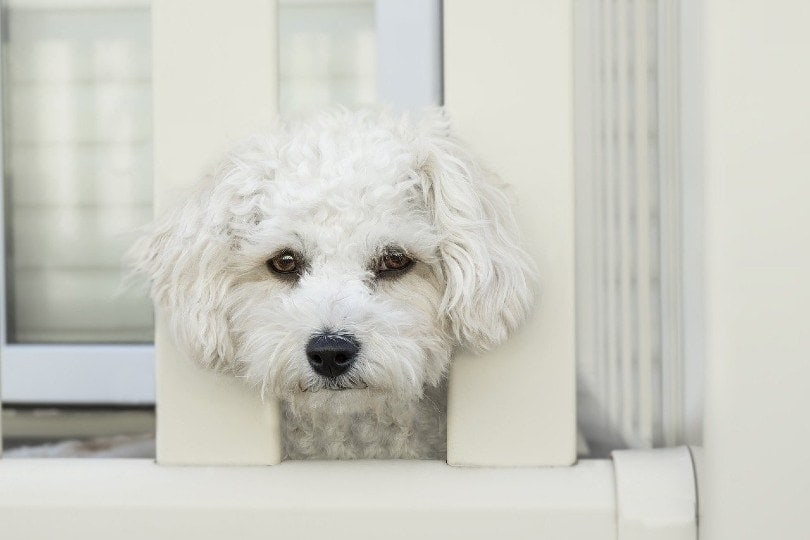
4. Health-Related Issues
If your dog is sick, they may depend on you as a source of comfort. During a sickness period, the dog may be confused, which causes it to develop clingy behaviors. Observe whether there are any underlying health conditions when your dog starts following you around suddenly.
Furthermore, especially if your breed is old, they may be developing hearing or vision problems. These medical problems can be scary for them, so they choose to come to you as a coping mechanism.
Older dogs may also have canine dementia or Canine Cognitive Dysfunction Syndrome (CCDS), contributing to their clinginess. These conditions increase irritability. Once you notice any of these issues, it’s best to make an appointment with your veterinarian.
5. Companionship
Naturally, dogs have been bred to be human companions. Your pet may be following you everywhere because it’s naturally inclined to hang out with you rather than other dogs. Over the years, domestication has continued to evolve, and humans are now bonding with dogs more, especially from a young age.
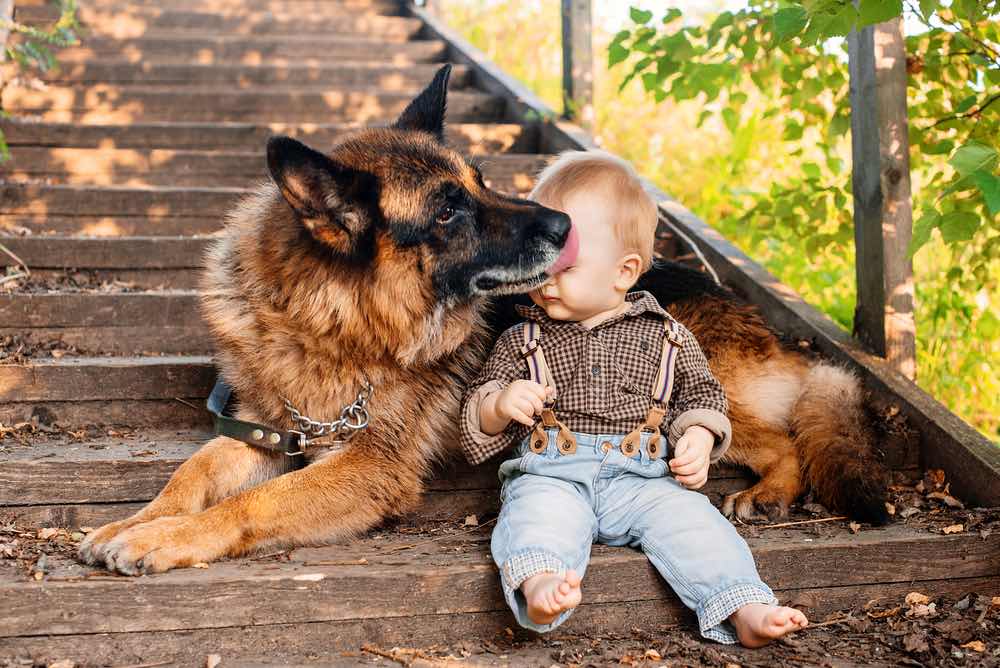
6. Life Changes
Have you just moved to a new house or neighborhood? This could be why your dog is not leaving your side. You may also have a new addition to your family, which interrupts the dog’s routine. Significant life changes can be stressful to your dog pet and cause increased anxiety. In this case, the dog will choose to stick with the human they know most.
In some cases, your pet becomes clingier if you are pregnant. Once it notices changes in the human body, it tends to become protective. Following you around provides a source of comfort and stability which can eventually become clingy.
7. Fear
If your pet is afraid of activities happening outside your house, such as fireworks or other pets, it will stick by your side. Observe moments when the dog follows you around to determine whether it’s a result of fear.

8. Reinforced Behavior
Naturally, humans will reward a dog for specific things. Pets get treats, food, toys, or extra attention for positive behaviors. They would also get involved in fun activities as a reward for human companionship.
As soon as your canine friend understands these behaviors, they will tend to stick by your side to receive rewards more often. A pat on the head or an occasional treat would trigger the dog to behave more positively. This sparks a co-dependency that can become unhealthy.
How to Make Your Dog More Independent (8 Methods)
Dogs are social animals. While it may be healthy for them to hang around you for comfort and companionship, it can breed unhealthy co-dependency. If this issue becomes too much, there are several strategies that you can incorporate to help with detachment.
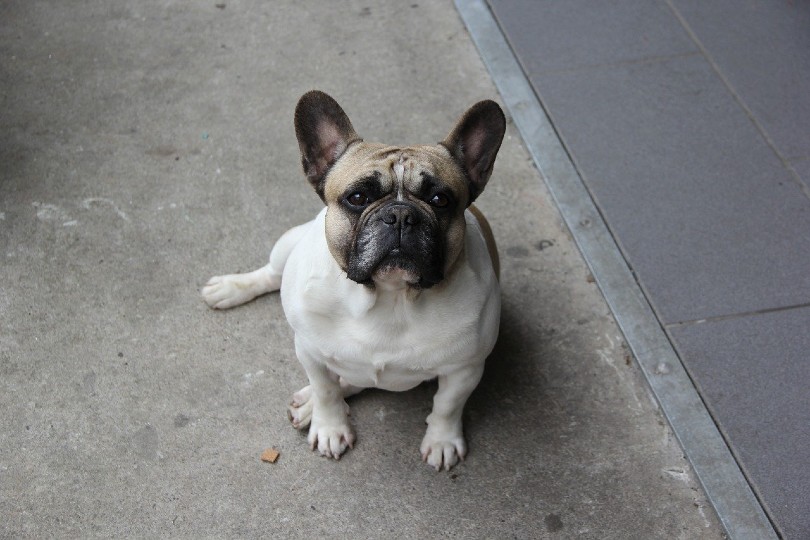
1. Don’t Encourage the Behavior
Dogs learn and study when you reward them with treats for good behavior. They will cry and follow you all the time until they get your attention or reward. To correct this, it’s advisable to keep your rewards when the dog is acting needy. This strategy will break the attention-seeking cycle.
Furthermore, try not to dote on the dog all day. Encourage independent activities that distract him from constantly seeking human attention. Once a dog learns to entertain himself, you’ll have more peace of mind.
2. Plan for More Exercise Sessions
To keep the mental stimulation up, increase their times of physical activity. A tired dog will have reduced interest in following you all day.
You can also stimulate their minds by providing interactive toys such as puzzles. Also, have enticing chew toys to keep them engaged. In between your workday, you can take breaks to walk the dog.
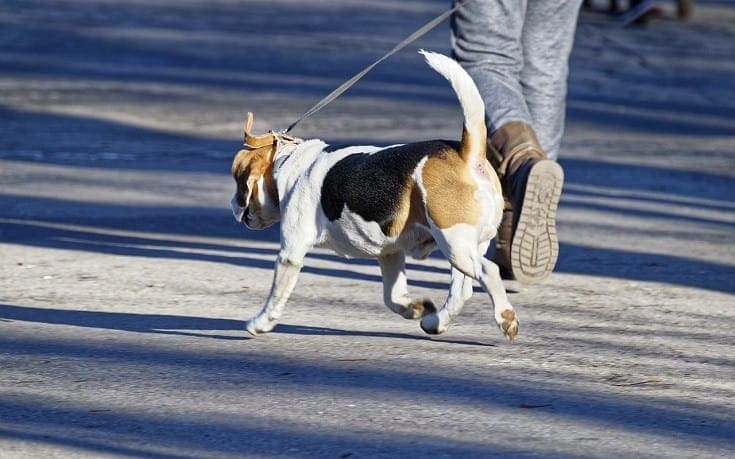
3. Desensitize Your Dog
According to PetMD, your dog has probably memorized all your movements and associates them with a particular activity. Practice your regular daily routines without performing the intended function. For instance, you can take your keys and lie on the couch instead of leaving.
Over time, the dog will learn that these movements do not necessarily mean that you are leaving and will stay in place. Once you desensitize these triggers, your pet will eventually get tired of following you around.
4. Create a Special Space
You can train the dog by creating a particular space. Have special toys and a dog bed in a specific area and train them to go there instead of following you.
To cement this behavior, you can reward your pet each time they go to their special place. This tactic will redirect its focus away from you.
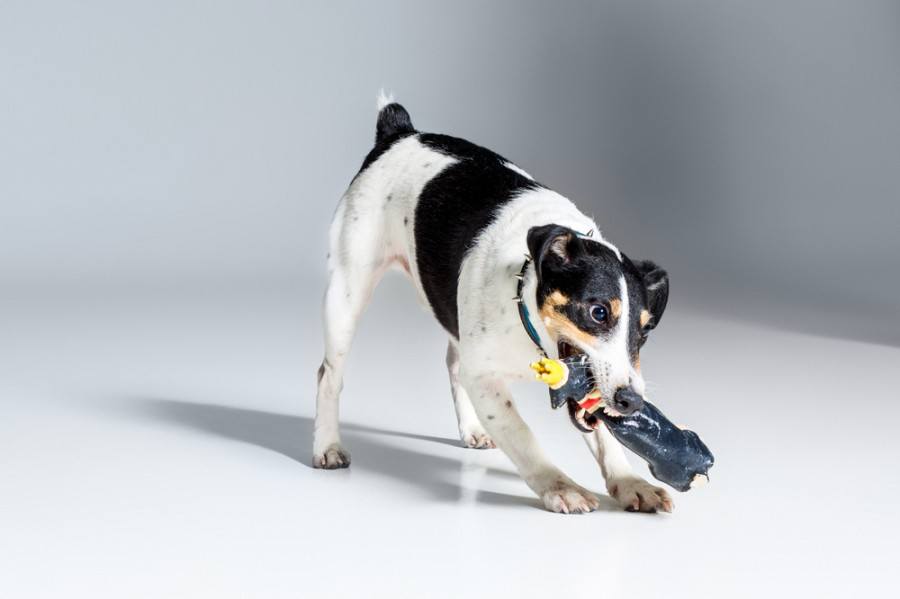
5. Teach Your Dog Commands
Pets such as dogs react to training very well. If your dog wakes up to follow you each time you stand, you need to practice the stay command. Every time you move, train your dog to stay at a distance. You can also give rewards each time it stays put to reinforce the behavior.
6. Socialize Your Dog with Others
If your dog is too clingy, you need to socialize it with other people and pets. Introduce them to your friends or families who can feed or take them for a walk.
If you live alone, you can go to a park where there are other pets. This plan will distract the dog’s attention to other people over time.
7. Take Care of the Diet
Once you determine that your dog is not leaving your side due to hunger, you need to correct that fast. Check the diet properly to ensure that it’s getting all the necessary nutrients to keep it healthy.
When it’s fed well, it’s less likely to follow you around. If you had changed the meal plan, revert to it for observation purposes.
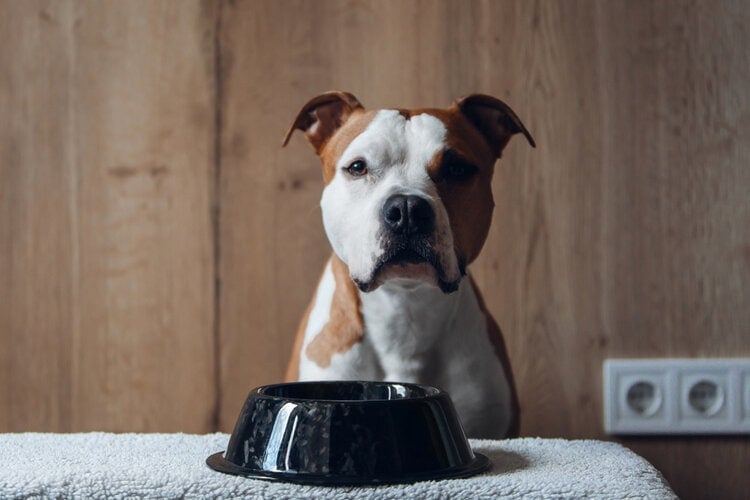
8. Seek Professional Help
If all these strategies fail, you can seek the help of a professional. A dog behaviorist can assist dogs with excess clingy behavior or separation anxiety. Besides, it would help if you also took the dog to a vet for a medical check-up to rule out any illnesses that may be inducing such behavior.
Conclusion: Clingy Dogs
Historically, dogs are human’s best friends. They are perfect for companionship, comfort, and safety. However, when these behaviors become concerning or excessive, the owner should determine the cause and fix it.
Dogs face anxiety, and they seek attention due to a myriad of reasons. As a dog owner, you should pay close attention to your pet for sudden clinginess and contact a professional if it becomes too much.
Featured Image Credit: Sam Wordley, Shutterstock



